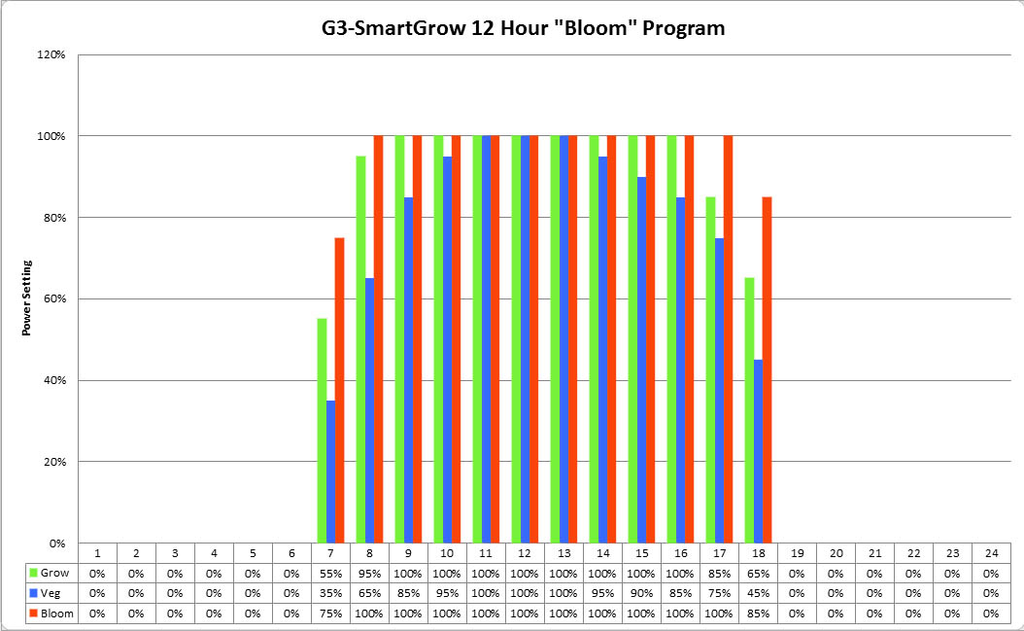armoire grow
New Member
Looking good Jandre2k3, can't wait to see your flowering review.
How To Use Progressive Web App aka PWA On 420 Magazine Forum
Note: This feature may not be available in some browsers.
I'm new to 420 but I have been watching the grow.Jandre I hope you don't mind me getting a front row seat. I'm in the market for some LEDs over my 2-1000watters. Your grow is looking good. I'm 2 weeks into flowering 18 wonder woman plants . she is out of control now at 4' tall and still stretching.
 and welcome to the thread! Thanks for subscribing.
and welcome to the thread! Thanks for subscribing.
Boy this was interesting! I am so out of the various terms though and could use some basic info on them. For instance: COB, GLR.
Anyway, from what little I know lux, lumens are from a very long time ago when light was compared to candles. 1 lux was the equivalent to 1 candle at 1 meter. The same goes for lumens and as such it worked for a long time. Now we have many types of light which sometimes doesn't work at all with a meter. The concept of PAR values in plant lighting is more informative for plant growth as apposed to say street lights which is for the human eye.
For me it's a matter of plant health and growth rate and finely finished fruit. Many factors could change this so of course it's very important that all is the same in blind testing. For instance a lot of people compare HPS vs LED when most people who use HIDs also use MH and HPS so the comparisons are skewed as far as I am concerned. Every test I have read about never uses the LEDs as they are supposed to be such as using the veg cycle only for the entire veg cycle, instead they always turn on the bloom lights for both veg and bloom or full power. I suggest comparing everything as it would be used HID should use MH for veg and HPS for bloom. LEDs should use the veg cycle for all of the veg cycle and the bloom only for flower.
Just a thought
I really have enjoyed this test so far, so good going and keep the photos coming.



Hey Jandre!! Sorry for not keeping up with the light measurement topic, life has been super busy lately!! Anyhow I do have some info I will share, but just have to find the time this weekend. I did find a formula that seems to have a very good percentage of accuracy for measuring intensity by distance for LED's.. but it is not exact. Either way, measurements or not, I know these Intelligent Gro lights are kicking some serious Buds in my garden! Very dense and frosty!
I wanted to invite you over to my journal, I currently am on day 45 of flowering and things are looking very frosty!! Also I have a special surprise that I will be revealing tonight/tomorrow
 But I'll come check out the surprise.
But I'll come check out the surprise.Thanks a lot for the info, very informative. I also am looking forward to whatever the surprise is.

Hi could you give a link to the surprise, I don't know how to get to Icemud's place?
 ok gossip was a bad choice lol
ok gossip was a bad choice lol
